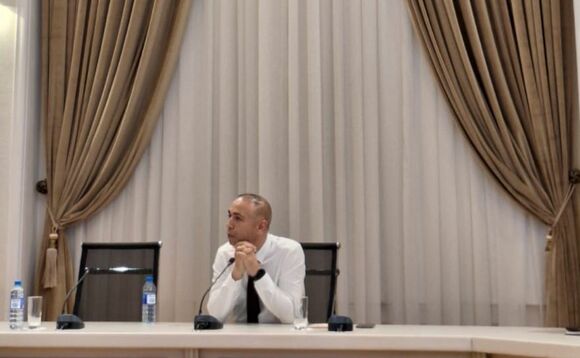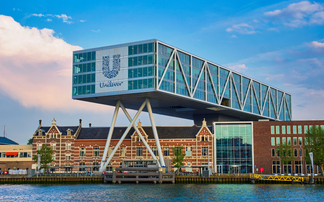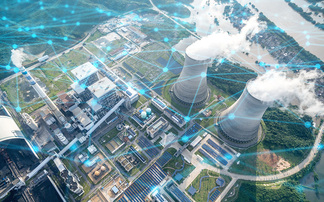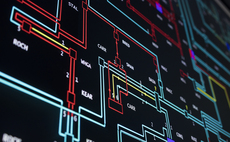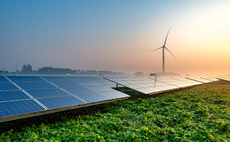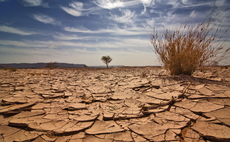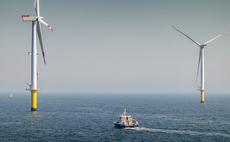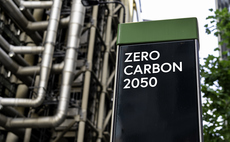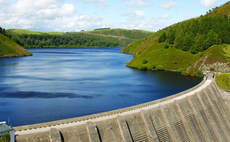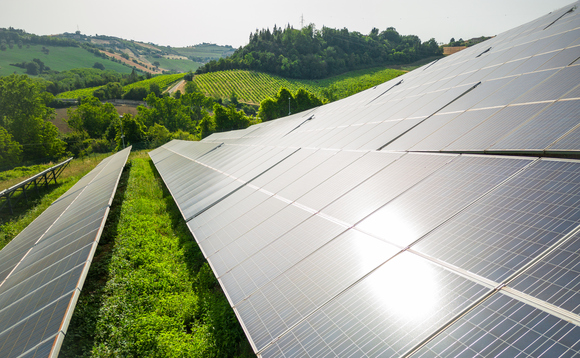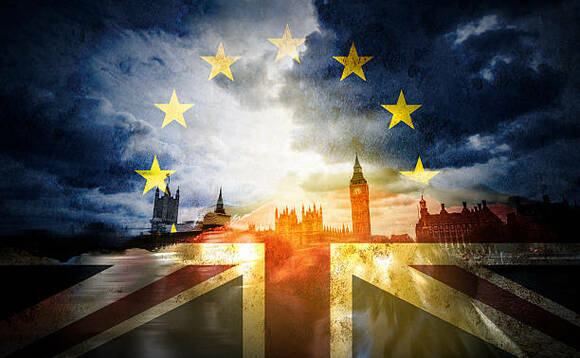Business Green
Reports: Unilever dials down plastic reduction targets
Consumer goods giant's new CEO Hein Schumacher says 'I need to drive performance in the company', as he confirms watering down of several high profile ESG goals
Nobody could think a Skydiamond was ripped from the bowels of the Earth
Diamond miners are trying to bury environmentally responsible alternatives through their recent complaint to the advertising regulator, warns Skydiamond's Dale Vince
How SBTi's shift on Scope 3 rules will affect carbon markets
The Science Based Targets Initiative's controversial proposals to allow for the wider use of carbon credits could result in four possible outcomes
What could go wrong? How $38tr in climate damages could knock a fifth off global income
Sounds Right: Nature inspired music initiative aims to raise $40m for conservation
Labour beefs up £1.8bn green port investment pledge
Plans to expand Norfolk offshore wind farms get green light
Reports: Unilever dials down plastic reduction targets
'A powerful economic force': How clean energy delivered 10 per cent of global economic growth last year
The worst case scenarios are worse
The most granular and empirical analysis to date of the projected economic impact of worsening climate damages is so terrifying because the scenarios it explores are so plausible
Halfway to net zero heaven
UK emissions are down 52 per cent since 1990 and fossil fuels last year provided just a third of UK power - change is happening
Brexit means... trade barriers
Diverging environmental regulations on either side of the Channel mean bad news for UK exporters
Join BusinessGreen
For unlimited access to all news, articles and insights become a BusinessGreen member

